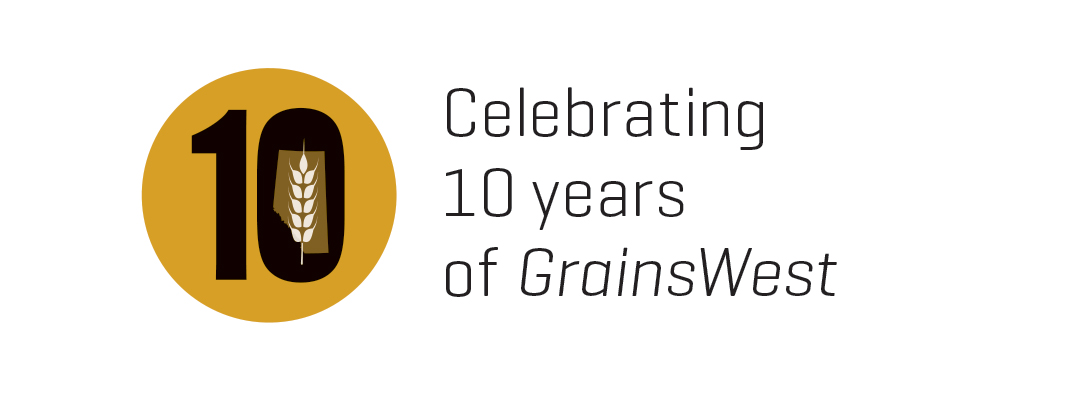JOIN THE CLUB
BY IAN DOIG • PHOTOS COURTESY OF 4-H ALBERTA
Annual federal funding for 4-H Canada was approximately $1 million in recent years. Following a cut this spring, the number is now further reduced to just $1.7 million over the next three years. Despite its subsequent layoff of seven of 19 staff members, 4-H Canada interim CEO Hugh Maynard said the organization is sound. Corporate and organizational backers have been supportive as it rebuilds core funding.
4-H Canada conducts major events and provides support such as insurance for the independent programming of provincial 4-H organizations that in turn oversee membership.
Many provincial programs, 4-H Alberta included, also remain strong. COVID curtailed face-to-face activities and overall interest declined, but membership and participation have since rebounded. This demonstrates the high value participants and supporters place upon 4-H, said Maynard. “Soft skills such as public speaking, critical thinking and personal responsibility—all those things 4-H does so well—are more important than ever.”
4-H Alberta, which employs about 20 people, is in its third year of growth, which follows a decline since the mid-’90s. In 2017, Canadian 4-H members totalled 24,700, but by 2023, the number dropped to 17,400. Alberta had the highest provincial membership total before and after COVID. In 2020/21 membership stood at 4,778 and in 2023/24 the number has grown to 5,725, which represents 33 per cent of the Canadian total. This includes 933 Cleaver Kids participants, an introductory program for children ages six to eight, and 64 participants in the organization’s new Intro Club.
“Our members very much appreciate the national programs,” said 4-H Alberta CEO Kurt Kinnear. “That said, we do not rely too heavily on 4-H Canada for support.” Several years ago, 4-H Alberta began to reduce this reliance, and COVID accelerated the process. “We worked hard to get support within Alberta, and we lost very few [youth] members during COVID,” said Kinnear. “We had a lot of great donors and sponsors and the Alberta government helped us a lot.”

Kinnear credits the problem-solving spirit of 4-H for the success of the Alberta organization. “Innovation is the root of 4-H, and we need to bring that back to continue the growth of this program to give more Alberta youth the 4-H experience. The future will hold a lot more pilot projects and new ideas.”
Launched this year, Intro Club embodies this ambition. “Historically, it’s been easy to get people to join 4-H, but hard to keep them in it,” said Kinnear. He estimated one in three new families participate past their first year. In response, 4-H Alberta has made participation as easy as possible for new members and volunteers. Intro Club gives joiners a taste of typical 4-H club activities.
With contributions from donors and sponsors, the intensive six- to eight-week program is offered throughout the year and focuses on subjects chosen by local leaders and members. “It allows people to get a better understanding of 4-H without being overwhelmed.”
Introduced as a pilot project that partnered with the Calgary Stampede, it proved quite popular. “We hope we can use that to seed new clubs and get more people involved in 4-H,” said Kinnear. “If we continue to get support for it, we will spread it across the province.
“In my experience, 4-H prepares youth for the future. It builds resilience,” he said, echoing Maynard’s sentiments about its value. “It’s not about doing everything perfectly; it’s about learning to do by doing.
“We have all got to work together to try and grow 4-H.”







Comments